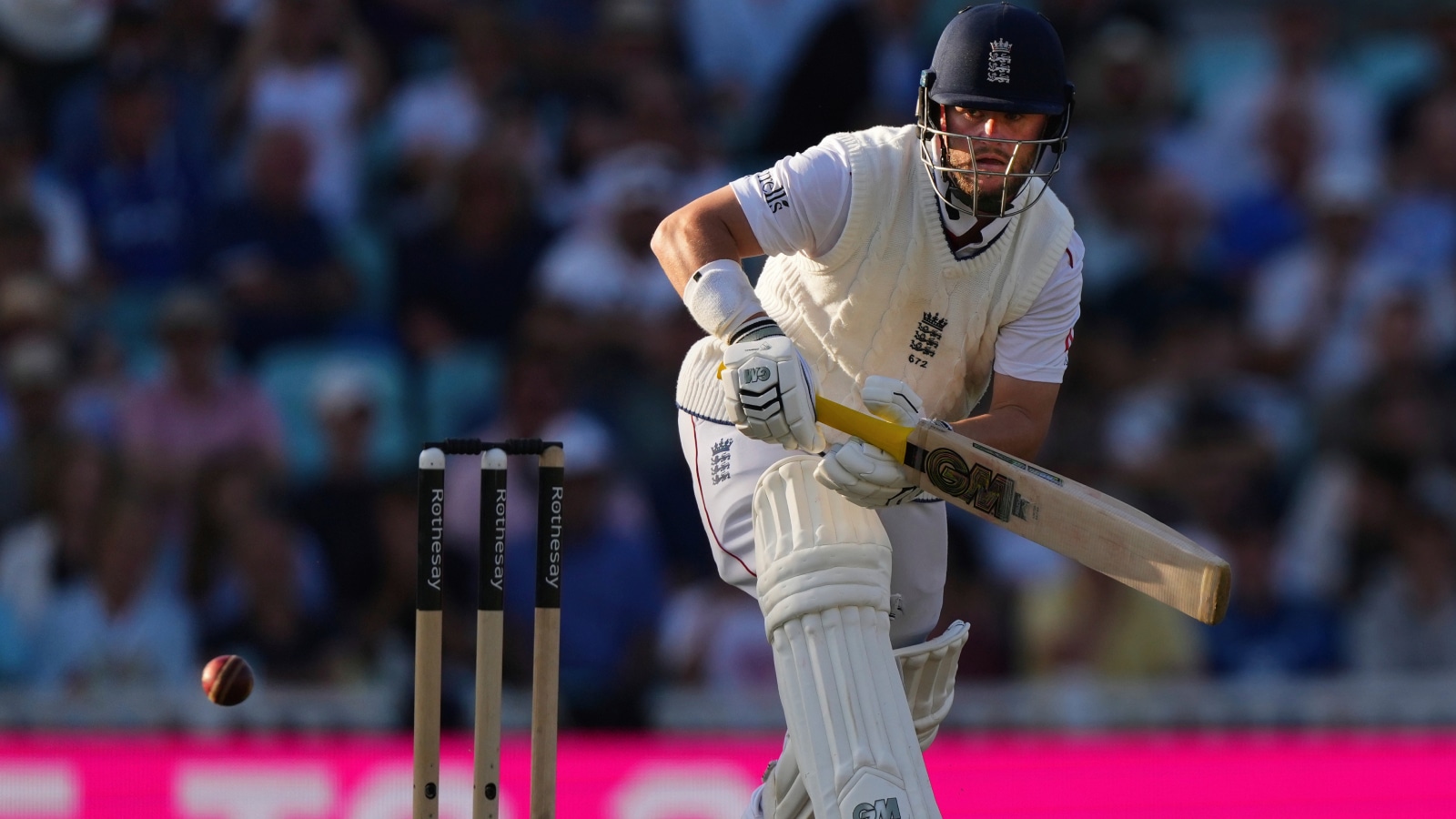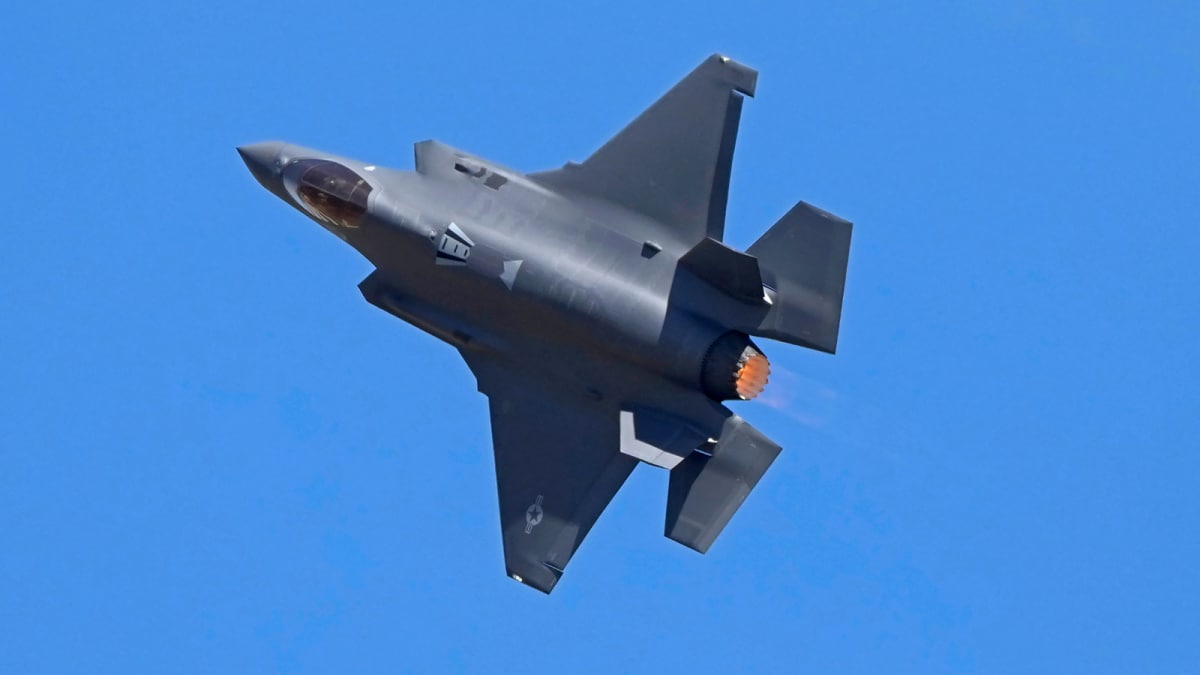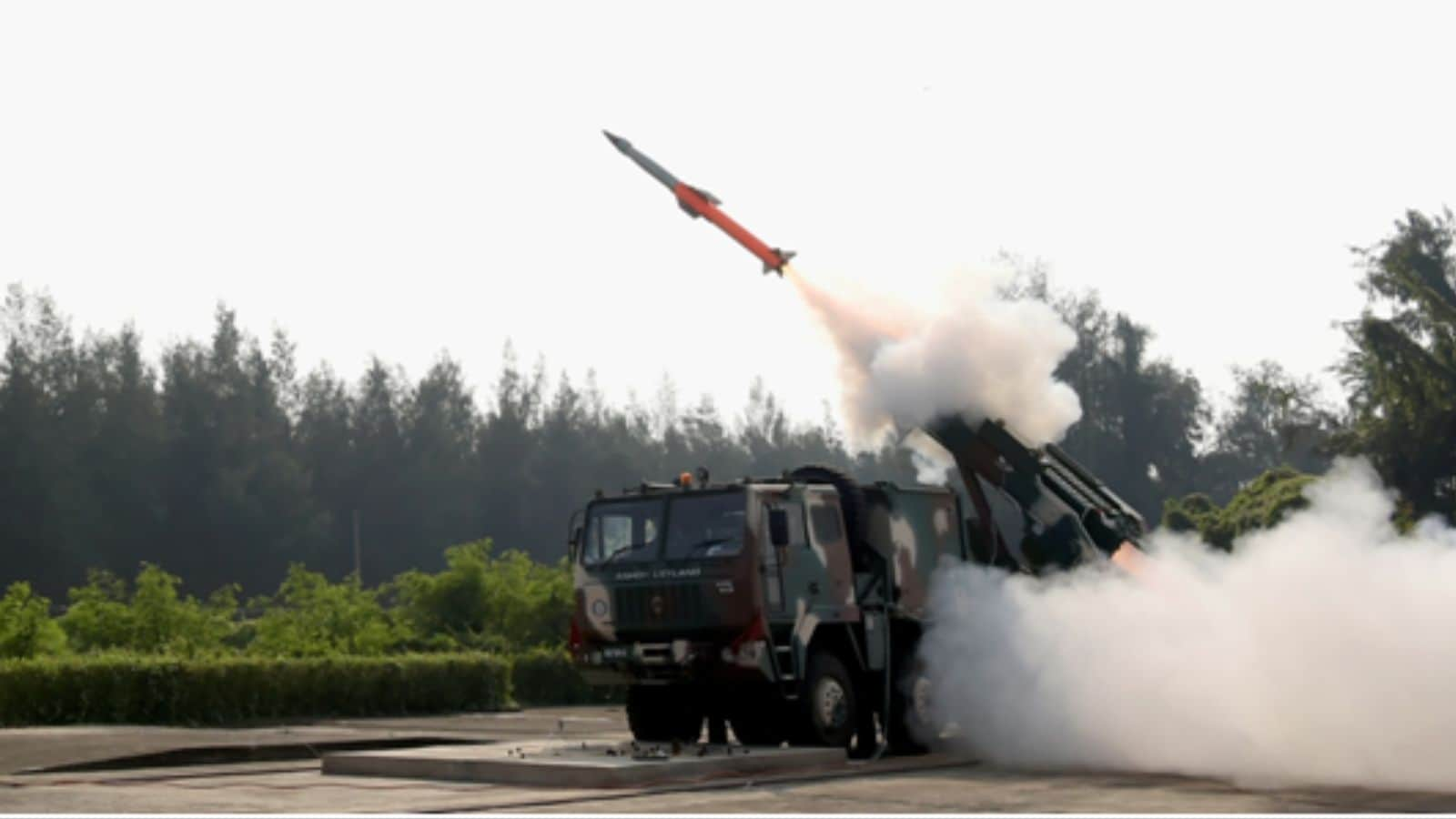ARTICLE AD BOX
Chen Jin, Chen Long and Li Shifeng. There’s a continuity to the Chinese attempt to try dominating men’s singles badminton playing a particular style of play, applying a certain long-levered attacking game. These are tall hulking players with a controlled net play and an almighty smash when tracking back. It’s a tried, tested, medalled game that seamlessly delivers. So in the same vein, comes Hu Zhe’an, the next big shuttler from China, trained to take over.
A world junior champion, from Zhejiang province, from where Jack Ma comes from, Hu Zhe’an is the next logical leitmotif of which Li Shifeng is the current wireframe.
This last week at Macau, Hu Zhe’an had it going good until he ran into Tharun Mannepalli, India’s next generation shuttler in the HS Prannoy mode. Along with Ayush Shetty and Sathish Karunakaran, he belongs to the big-power game style, but like most Indians tall or small, Tharun is developing variations and a wide plethora of net options that stop them from being one-dimensional, though at the outset all three have the big game tag imprinted on them. Their battles with Li Shifeng as well as Hu Zhe’an in coming years, should he follow the Chinese pathway and progression graph, will light up the circuit for the ferocity of attack, the sorts that’s tough to retrieve, and whence hit, stays hit.
But be it Chen Long or Li Shifeng, the Chinese shuttlers anointed as successors, have a few things in common, and those are expected to apply to Hu Zhe’an too. The unbridled attack is never the fulcrum of their game – that grows gradually, organically and wisely, like it did even for Lin Dan when his southpaw solidity and serenity even, exploded into a game where the finishing kill of the attack was merely the garnish of a meticulous setting up.
What the Chinese tall men get taught is unbreachable defense. The attack is an option at all times, but not sharpened enough to be the first go-to in their early careers. The attack is olives and capers and dressing on a salad, but the base is a solid crunch of lettuce.
Pull out any Chen Jin, Chen Long, Li Shifeng matches, and follow Hu Zhe’an for a realtime update: the entire game is based essentially on compulsive retrieval, a ‘do_not_drop_the_shuttle’ unwritten code, though enough searching might yield a coaching manual that spells out this fundamental. But the long levered reach is deployed to cover the whole court, the footwork is geared towards reining in strays when opponents go for the lines, and there is a compactness to the whole style, with hyper control on the shuttle.
 Hu Zhe’an is a world junior champion, from Zhejiang province, from where Jack Ma comes from. (BadmintonAsia/Instagram)
Hu Zhe’an is a world junior champion, from Zhejiang province, from where Jack Ma comes from. (BadmintonAsia/Instagram)
This in turn yields precision too, which is why the early-stage Chinese games in the Super 100s or 300s are not exactly teeming with flair, and deceptions are closely guarded, unleashed after rationing. It’s a safety-first approach, though the big attack looms always waiting to be unfurled.
Story continues below this ad
So in their early years, the big Chinese tend to cop a few losses, but the progress is steady and errors are very carefully weeded out as options. So all the strength, stamina, technical, footwork and rally-constructing training is geared towards making fewer mistakes. Precision is highly prized, and those two extra shots are considered not superfluous even if the winners are delayed. This brings solidity to the game before the efficient attack lends the garnish.
Is the Chinese way the best?
Is that the best way? It helped multiple generations of Chinese and Viktor Axelsen too, who even if he had the power-game in his arsenal, first stored up the defensive reserves, and then could turn any game on its head, by amping up the attack at will. He took efficiency to the next level in winning two gold and one bronze Olympic medals.
But both Chen Long and Li Shifeng now have shown that they can maximise their attack and outlast contemporaries in the long term, if they are scouted out tall, turned agile, built on defense, and can casually unleash power to play clutch.
It’s not like that is the only Chinese way. Shi Yuqi has a fantastic well-rounded flair game that can beat Li Shifeng any day, though the latter is a stronger athletic specimen. Yuqi’s game, like that of Kidambi Srikanth’s is also more watchable, and like Prannoy’s or Sai Praneeth’s is far more cerebral. He might well be the favourite at the Paris World Championships, though Li Shifeng has been built to disrupt. In Ayush, Sathish, now Tharun and certainly in Lakshya Sen and Priyanshu Rajawat, Indians have the skill sets to counter this style of big play. But nothing less than the A game will do, as Tharun realised.
Story continues below this ad
There’s an inevitability to the Chen along with other Chinese players – they will win often. At Hangzhou, the economic fundamentals are the bedrock of all varnish of innovation. Hu Zhe’an is literally raised to be Chen Jin 4.0 or Chen Long 3.0 or next Li Shifeng. It’s like clockwork.



.png)
.png)
.png)


























 English (US) ·
English (US) ·